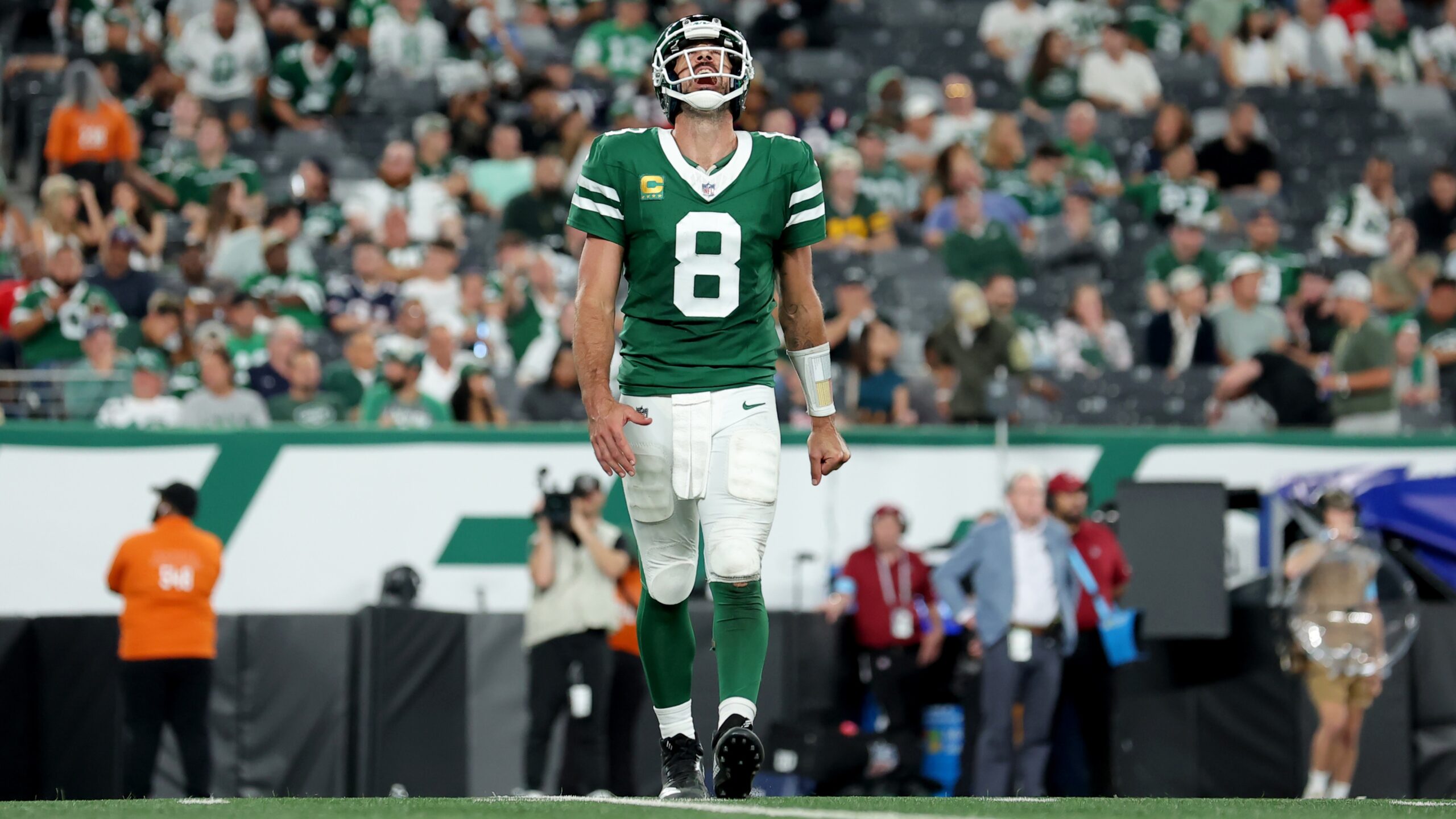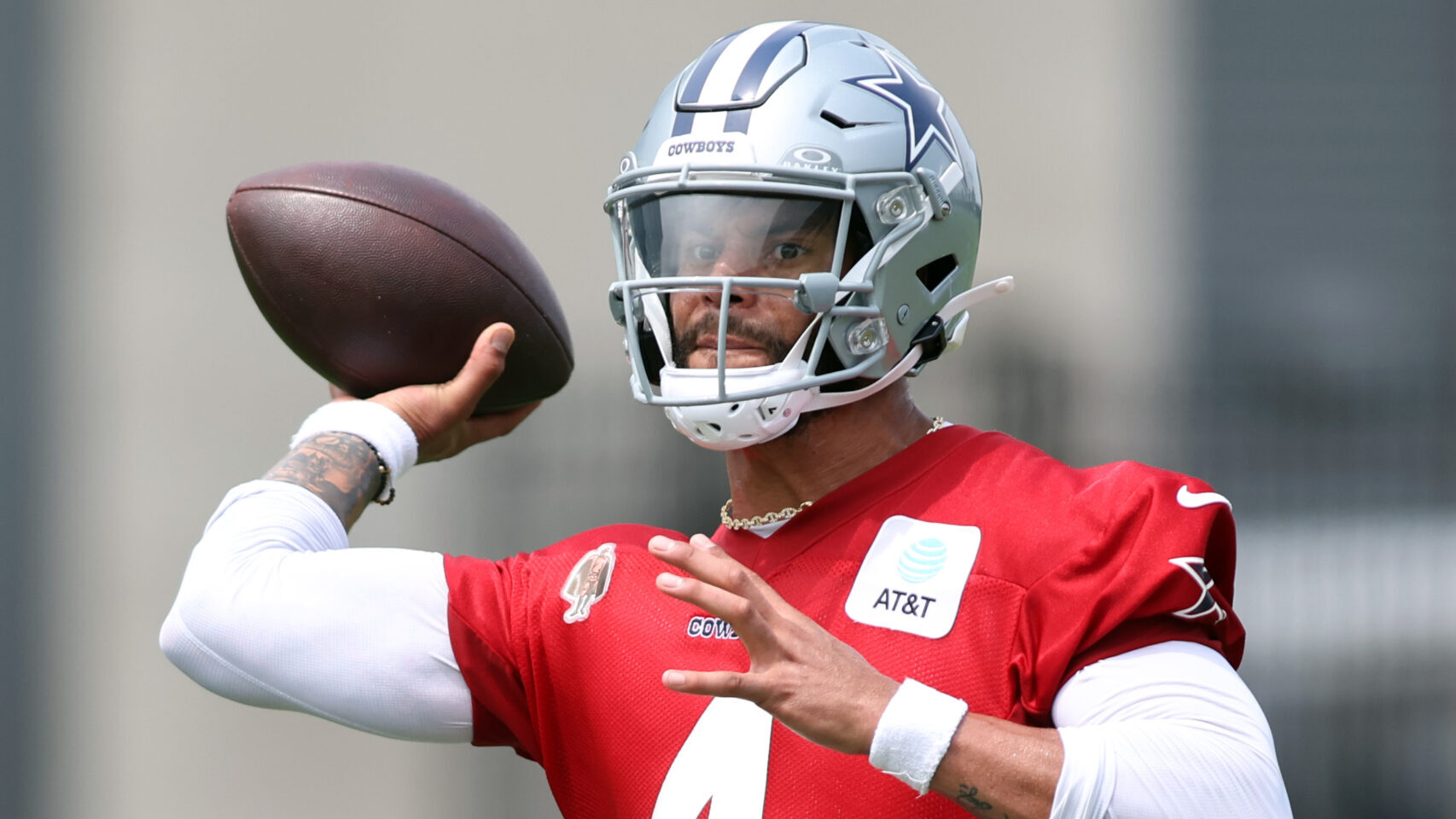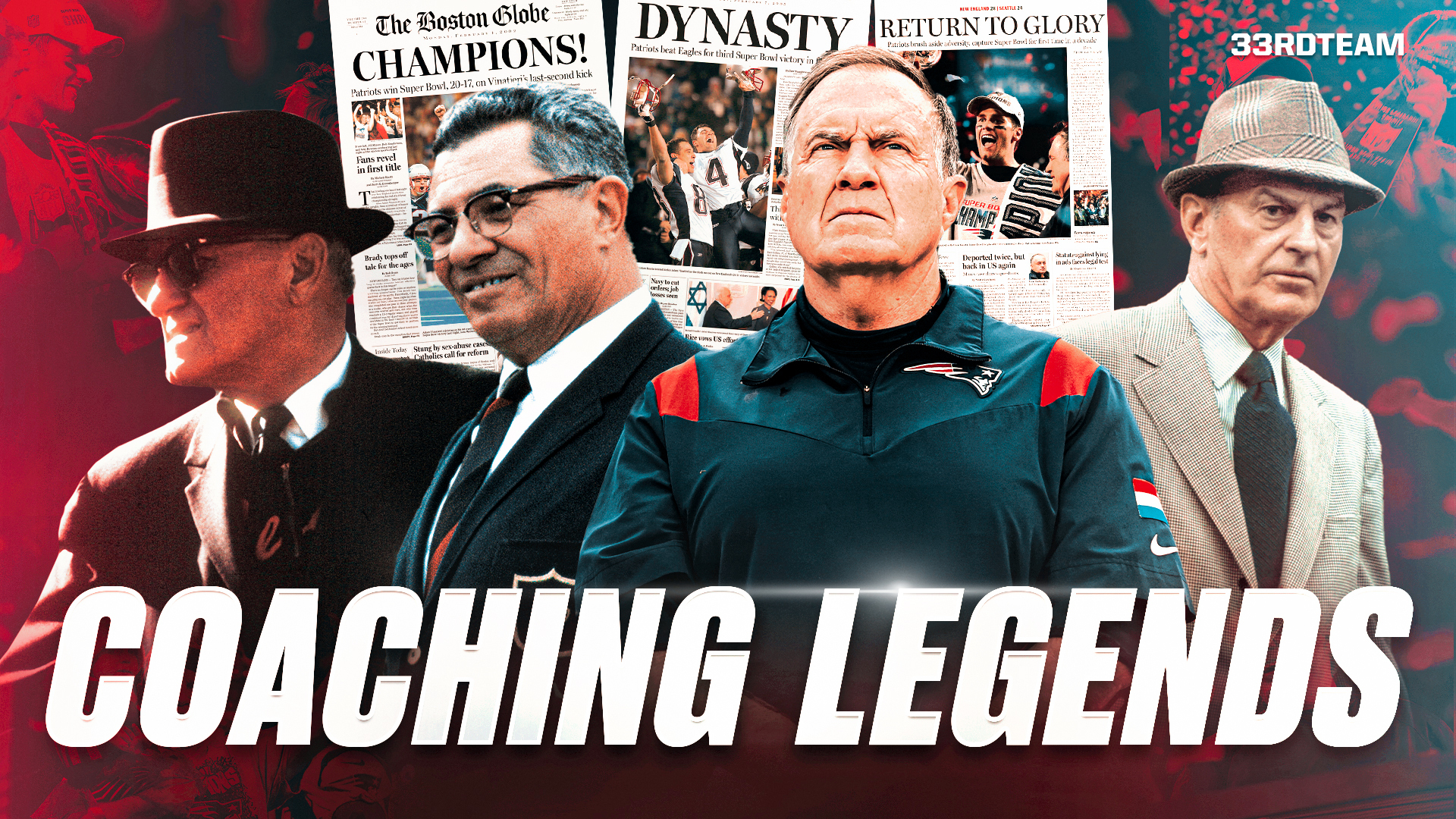Analysis
11/17/23
6 min read
Joshua Dobbs' Approach Prepared Him For Magic With Vikings

“How is Josh Dobbs doing this?”
I’ve gotten some iteration of this question at least a half dozen times over the last 10 days, so I thought I’d explain the process for how what the new starting quarterback for the Minnesota Vikings is doing is even possible from the perspective of a former player who was thrust into a similar position several times in my career.
At the same time, it takes a special person to be able to pull this off, at least to the level that Dobbs is. Talking with him for a while in CBS production meetings before his final start this season for the Arizona Cardinals against the Baltimore Ravens on October 29, I learned just how different his approach to pro football is and why that has helped prepare him for the unique position he currently finds himself in.
Let’s start with the “who,” if you will, before we get to the “how.” By now, most of you have heard about his 4.0 GPA as an aerospace engineering major at Tennessee and the NASA internship for the “Passtronaut.” Still, I was more intrigued by how he has tried to navigate his career in professional football.
The Moving Begins ...
In his third year in the NFL, Dobbs was traded from the Pittsburgh Steelers to the Jacksonville Jaguars after Mason Rudolph beat him out for the backup quarterback job with the Steelers.
Dobbs saw Nick Foles break his collarbone and backup quarterback Gardner Minshew make the most of that opportunity during the #MinshewMania 2019 season for the Jaguars. The following year, after Dobbs was released in Jacksonville, he was claimed off waivers again by the Steelers before getting hurt and being on injured reserve for the entire 2020 season.
In our meeting, Dobbs explained that, while he was hurt, he realized he was at a crossroads in his career. Teams only keep two or three quarterbacks on the roster, and typically, the backups fall into either the “young developmental” or “experienced veteran” category.
Dobbs was keenly aware that he didn’t fit into either category anymore at that point. He needed experience — or at least a chance to get experience — and he needed it fast.
Dobbs and I compared notes as I told him I would keep a spreadsheet of interior offensive linemen around the league so that if anything ever happened to me, I would have a good idea of which teams my agent should contact to get a job elsewhere.
Dobbs had to go to a place where he could be the No. 2, and the unique situation in Cleveland with Deshaun Watson suspended for the first 11 games last year allowed that.
Ultimately, starter Jacoby Brissett played well and stayed healthy during that stretch, so Dobbs had to go to the Detroit Lions' practice squad before getting a chance to start for the Tennessee Titans at the end of last season in an emergency capacity.
Cardinals Give Him a Chance

That experience contributed to the Cardinals trading for him toward the end of training camp this year, and subsequently, the Vikings trading for him a couple of weeks ago after Kirk Cousins got injured.
Dobbs now has experience, and as a result, he will have a chance to be a long-time backup in the NFL. Heck, with the way he’s playing in Minnesota, he might be able to show he’s even more than that.
So that’s who Dobbs is, but how is he doing this?
The answer is that the game plan for a given week in the NFL is much smaller than the entire playbook that the team uses during training camp. There are several reasons for this, chief among them that some of the plays are not good for that week’s opponent, as well as a desire by the coaching staff to not have too much stuff in the game plan so that players can focus on the few plays that should be best for that week.
For example, I was on teams with 10-15 run plays in the playbook but would only have three or four of them in the game plan for a given week based on the opponent. In 2002, Washington released me on a Tuesday, I was claimed on waivers on Wednesday by Dallas, and I suited up Sunday after two practices. In 2005, I was signed by New England on a Monday and crammed all week to get ready to play Saturday of that week. In 2006, I was traded from New England to Cleveland and started the next preseason game against Detroit a week later.
Essentially, the coaching staff gives you the game plan for that week and you cram like you are studying for an exam in college, except in this case, you have someone (for me, the assistant offensive line coach) who is there to help tutor you the entire time to make sure you are ready.
Easy Part, Hard Part
Believe it or not, the X’s and O’s are the easy part. The hard part is the nuance and detail of how the team wants you to execute those them.
Dobbs can understand the concepts because a lot of them are universal throughout the league, and he has a decent idea of where the ball should go based on coverage. Coming into Minnesota, the tough part has been that he had nowhere near the level of intricacy and familiarity you want to have with the teammates with whom you are working.
For an offensive lineman like me, you need to know what and how the guys next to you are doing, especially on any combination or double team blocks.
Dobbs wasn’t familiar with what the Vikings’ receivers were taught on certain routes and didn’t have any time on task to have a sense based on their body language where they liked the ball, how they would come out of their break, etc.
The NFL is such a detailed league that it truly is remarkable that he has played the way he has, in three different situations without nearly the level of intimacy you would think you would need to be able to thrive at the highest level of the sport.
That’s why what he’s doing is so impressive. Like everyone else, I’m curious to see just how high his ceiling is once he is able to get to the level of detail that can only come with time.
Honestly, I bet Dobbs probably is, too!







